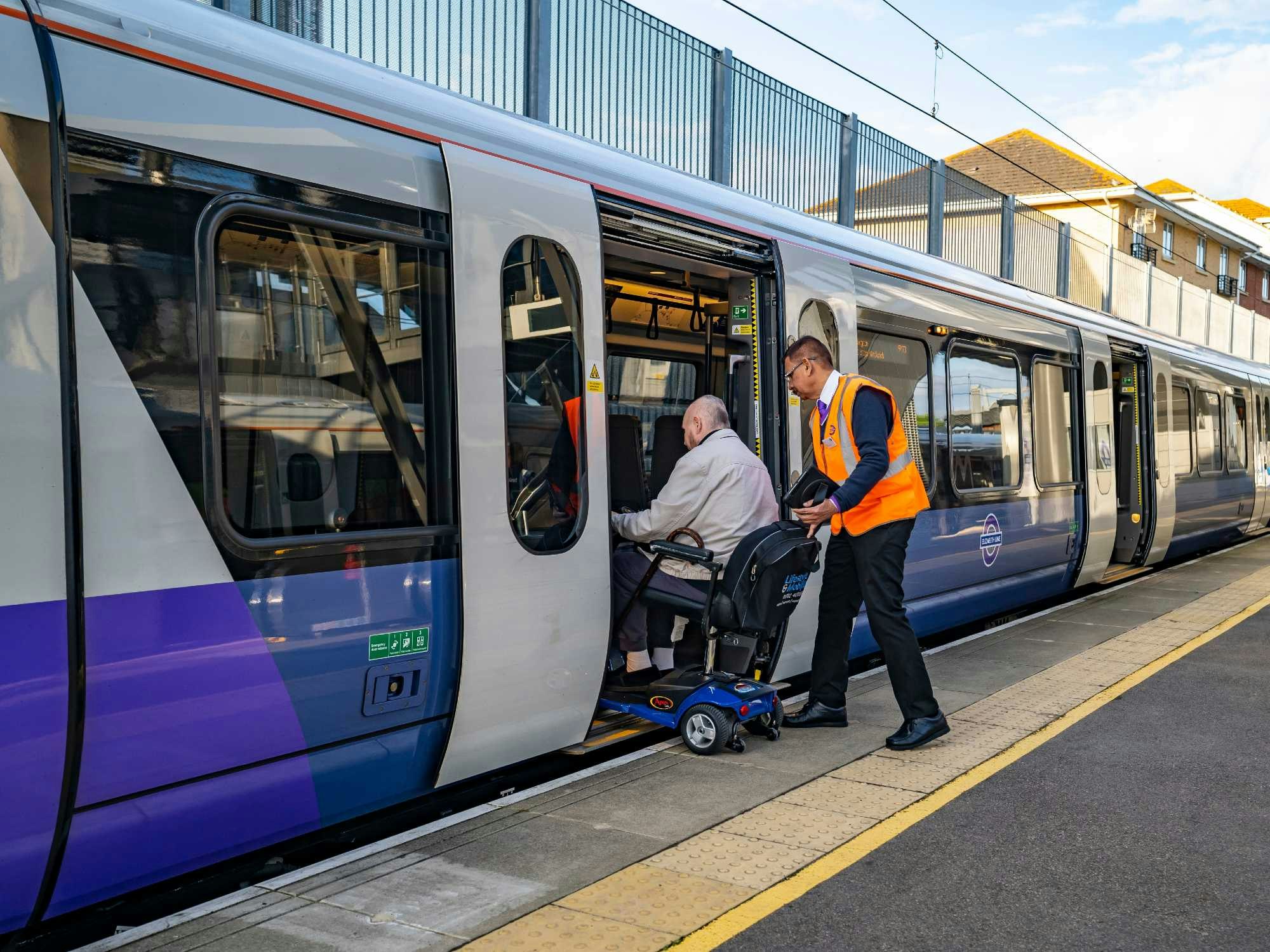Public transport remains inaccessible as 20-year targets are not met

Australia’s public transport system has failed to meet all of its 20-year accessibility targets as people with disability continue to face obstacles due to construction, unsuitable facilities and restrictive public transport options.
Under the Disability Standards for Accessible Public Transport 2002 (Transport Standards), all of Australia’s tram, train and bus stops/stations were meant to be fully compliant with the relevant accessibility standards by the end of 2022.
Standards included the availability of lifts, access paths, toilets, ramps, handrails and grabrails, lighting, hearing augmentation, and more.
However, those targets have not been met according to Sterling Infrastructure Chief Executive Officer (CEO), Susie Pascoe, as only half of Australia’s public transport infrastructure meets accessibility standards.
Ms Pascoe told the ABC that 40 percent of Queensland and Western Australia’s train stations, 73 percent of Victoria’s trams, and one-third of New South Wales’ train and ferry stations are not accessible.
It means that people with disability continue to face transport barriers that limit their access to essential services, employment opportunities and daily activities.
For wheelchair users like Sarah-Jane Staszak, who has been paralysed since a routine back surgery nine years ago, construction work at her local train station means severe impacts to her daily commute.
Ms Staszak told 7.30 that she has been unable to access the train platform since mid-2022 as the Government has closed off the access ramp as part of the station’s upgrades.
“I do get a bit disheartened … It would be ideal if they could maintain some sense of accessibility while they were doing the construction,” says Ms Staszak.
“When you have a disability, you get quite creative and you come up with your own little workarounds.
“You end up having to take deep breaths and get very good at acceptance.”
Ms Staszak’s regular station will have three new lifts once the upgrades are completed, while the NSW Government does offer a free accessible taxi service to transport people with disability to a nearby station.
Despite that, Ms Staszak would still have to drive her large accessible van to the station so she can catch the taxi, which can be difficult when disability parking slots are unavailable.
For other people with disability, obstacles like this could add an extra 30 minutes to their journey just so they can reach an accessible stop or platform. What was once a manageable experience becomes a major inconvenience.
Ongoing accessibility issues are likely as the Transport Standards also provided trains and trams with a 2032 deadline for accessibility compliance.
It means many people with disability will be forced to rely on public transport that may not meet their accessibility needs for another decade.
Ms Staszak says she does not believe she will see full accessibility while she is a regular public transport user.
“I have hope. But I also do not have huge confidence in the belief that I’m going to see [full accessibility] happen in my day,” says Ms Staszak.
“It’s not the most pleasant experience being stuck in the vestibule, in the way of everybody getting on and off the train, and sitting next to the toilet.
“If there was an emergency and we will have to get off at a station, I can’t be guaranteed that I’d be able to get off the station.”
Full accessibility may not be achievable
According to the Australian Institute of Health and Welfare’s (AIHW) People with disability in Australia 2020 report, one in six people with a disability aged over 15 have difficulty using public transport.
Obstacles include poor access to stations, stops and terminals, difficulty accessing information relevant to their needs, and safety challenges when planning and completing a public transport journey.
The Government has acknowledged work needs to be done to meet its targets, with a spokesperson for Infrastructure Minister Catherine King telling the ABC they are “fully committed to further removing discrimination for people with disability”.
The Government will also provide a number of reforms to the Transport Standards legislation in the second half of this year.
However, some people within the infrastructure sector have called for more flexibility. Ms Pascoe says she has spoken to several operators who cannot afford the upgrades necessary to achieve full accessibility.
“It is unrealistic to expect that every station across the country can be made fully compliant in every part. The cost of doing so is unachievable,” says Ms Pascoe.
“[It’s] really important to understand what the prioritisation looks like. What does good look like, not what does perfect look like.”
Government requests feedback from people with disability
Having acknowledged the need to modernise the Transport Standards, the Government called for public consultation for 54 areas of potential reform. The public consultation process closed in August 2022.
Those reforms are currently being prepared for presentation to the Infrastructure and Transport Minister in the middle of this year.
However, as part of the 2022 Review of the Disability Standards for the Accessible Public Transport 2002, people with disability, their families and carers, advocates and public transport operators and providers are being asked whether they believe the Transport Standards are reducing discrimination for people with disability on public transport.
Experiences with planning a journey, the accessibility of a bus stop or train station, the on-board experience and any transport disruptions are all requested to ensure an accurate picture of public transport accessibility can be painted.
More information, including the full review questions and how to provide feedback, can be found here. Feedback must be provided by 30 June.